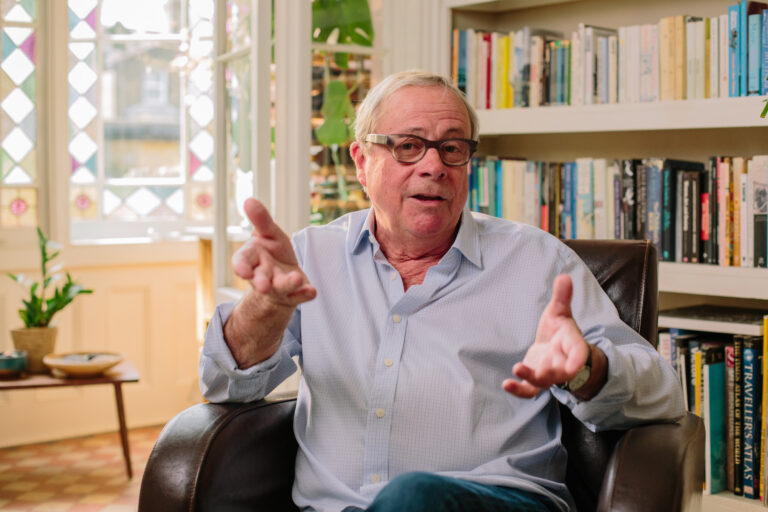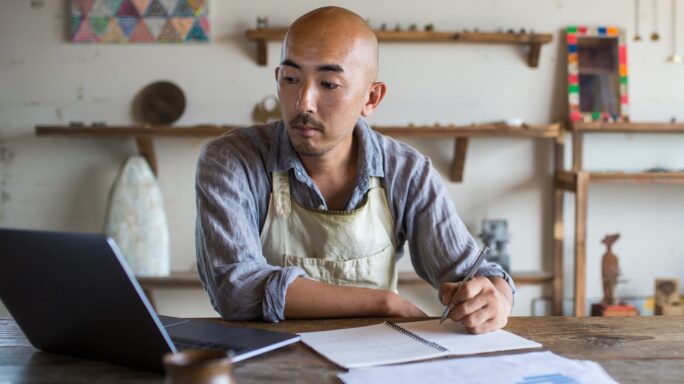Season 2: Unlocking productivity
3 steps to be more creative with your day

Knowing it’s less about doing more, and instead about doing it more creatively, we can step into a more flexible, open, and expansive approach to our working days.
How? We can be creative with at least part of our schedules, the conversations we have with colleagues, how we set up a meeting. We can even be creative with how we approach productivity and motivation itself. Here are some more ideas to experiment with—but remember it’s about finding your own way.
Start the day with delight
It’s common wisdom, but we’re far more likely to find motivation and sustain momentum if we enjoy doing something. Even for difficult or pesky tasks, we can find a way to enjoy it— we can make it easier, make it smaller, or we can make it fun.
One example of getting creative with how we find motivation is something I like to call the “Eat the Clotted Cream” method.
madeleine dore
It’s a spin on the “Eat the Frog” method popularised by author Brian Tracy, which if you’re not familiar, suggests doing our most dreaded task first, so it’s out of the way.
It’s a great approach for a productive day, but for many of us, beginning our day with dread can make it hard to get out of bed. Instead, my Eat the Clotted Cream method is all about putting something delightful first.
It was inspired by my conversation with a writer and farmer who started his day with a dollop of clotted cream on his porridge, but your clotted cream can be anything—a delicious breakfast, a morning walk, a moment of solitude, even clearing your inbox can be delightful for some.
The point is that if we begin by feeling the day can’t get any better than this, we’ll likely bring a mood that proves it can—and the momentum can carry us through.
Be an expectation realist
When approaching motivation or planning a project, we may have a tendency to create high expectations or believe we have to execute things perfectly, and then berate ourselves for falling short. This can damage morale and be the very thing that hampers our productivity.
Instead, we can be creative and become what I call an “expectation realist”. An expectation realist has their own definition for “enough”, they delegate, they say no, they allow things to take the time they take.
An expectation realist doesn’t attempt too much at the beginning: they start small, allow for mistakes, remain flexible and keep experimenting rather than striving for perfection.
Focus on what you can learn
It can be difficult to find motivation in our work if we are in a rut. We might think the best thing is to push through these phases, but if we take a creative approach we see that we may be better off turning our attention to what we can learn, rather than what we need to “fix”.
As the novelist T. H. White wrote, “The best thing for being sad is to learn something. That’s the only thing that never fails.”
The wonderful thing about learning is that it expands—interest begets interest—and it doesn’t have to cost us a thing. We can learn from our team, from the problems we need to solve, our failures, our successes, the risks we take. We can learn from growing older, from rejection, from discovering new things.
In summary, if we are curious about what we can learn from any experience, if we become an expectation realist, if we prioritise how to make something enjoyable—we are not just being more creative with our approach to our work, but I think our entire lives. After all, we connect in these moments of creativity, and find meaning in the process.





Leave a comment